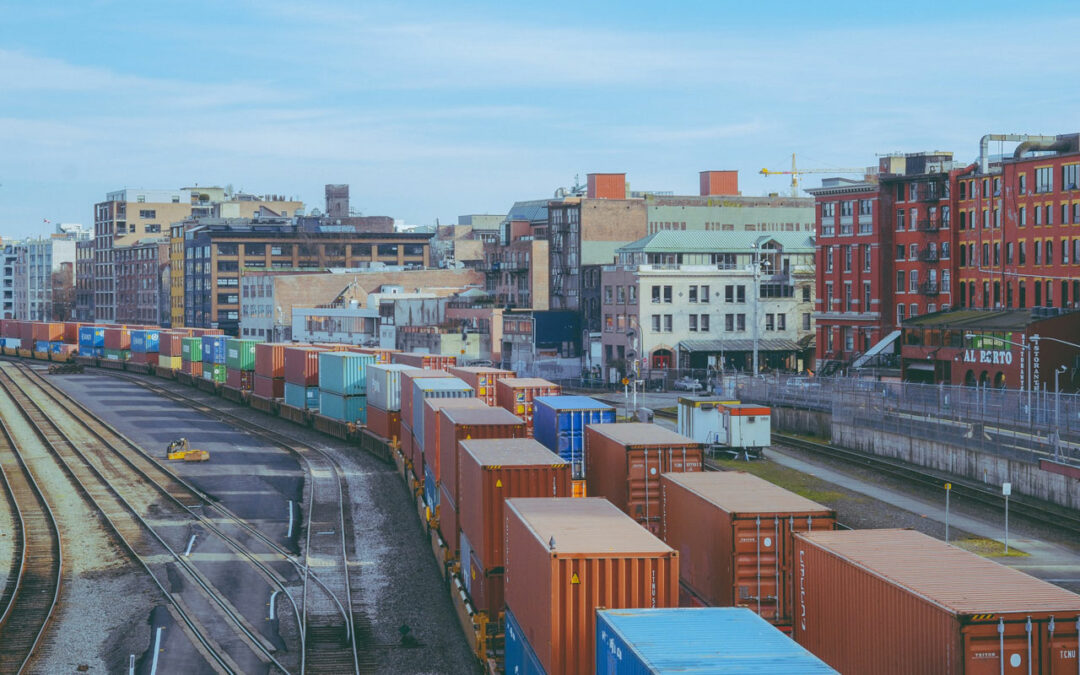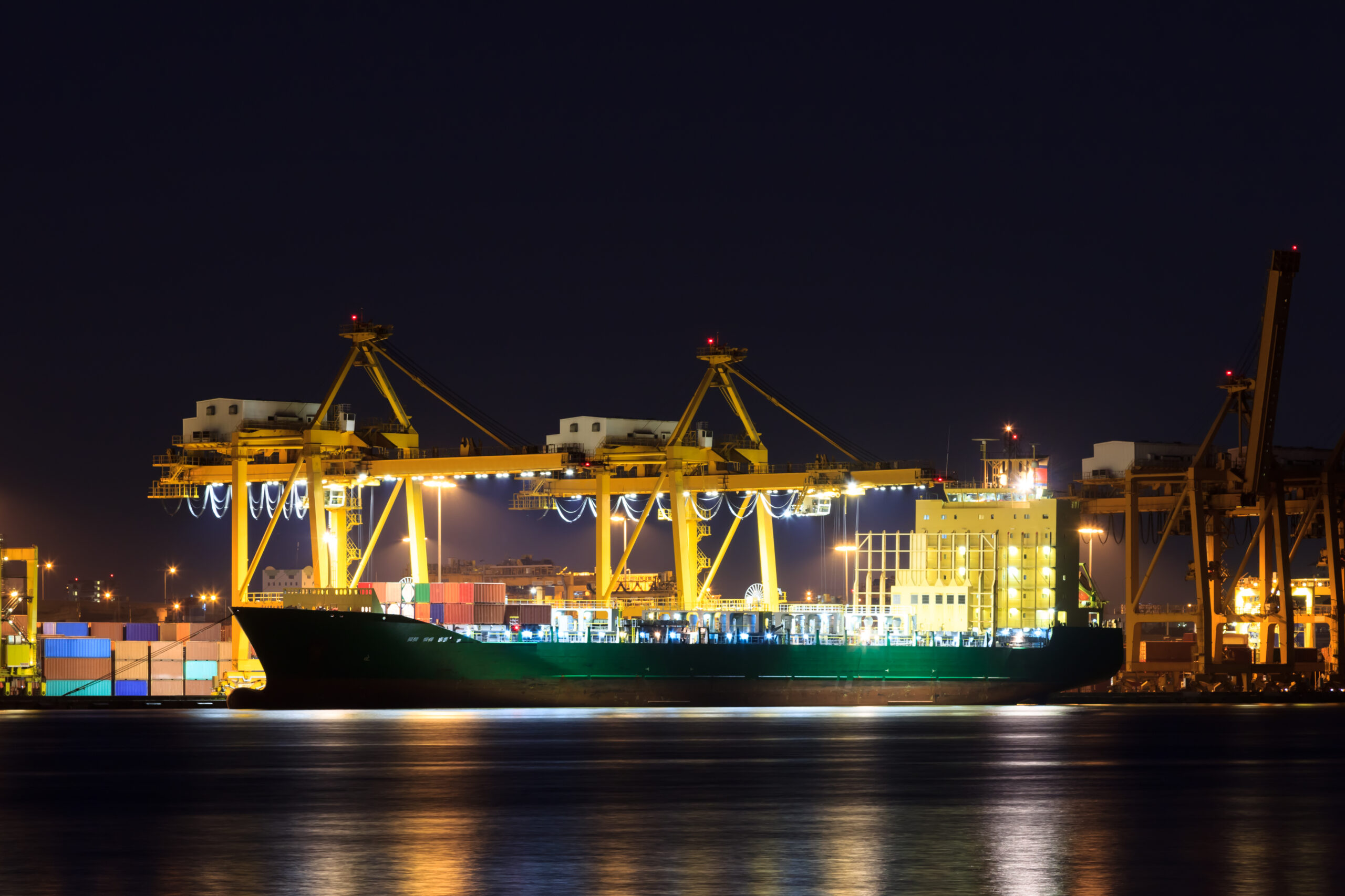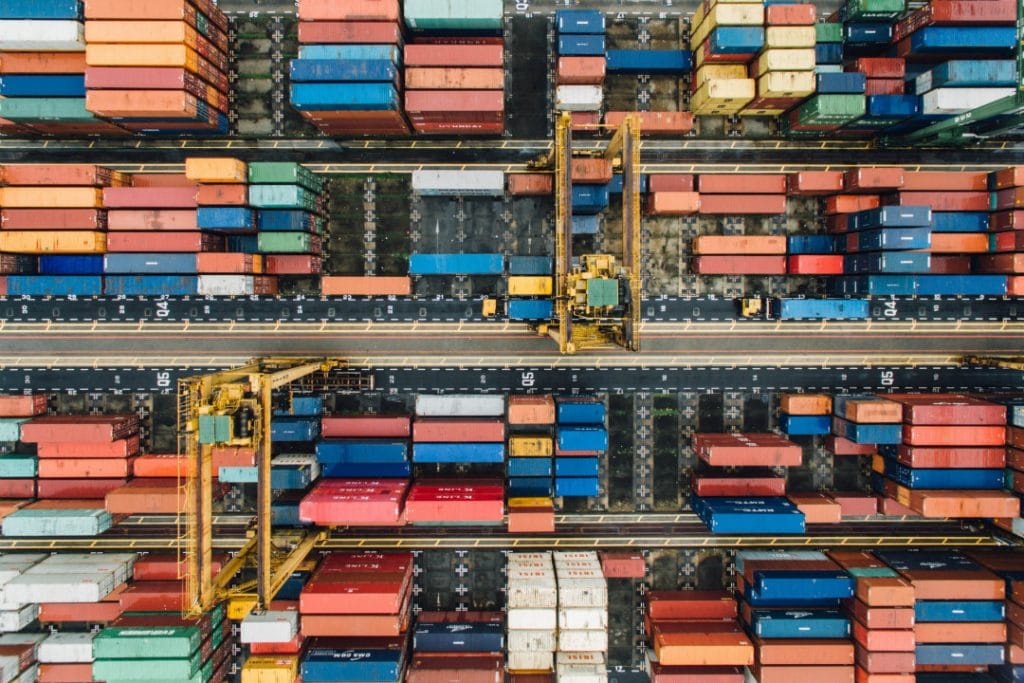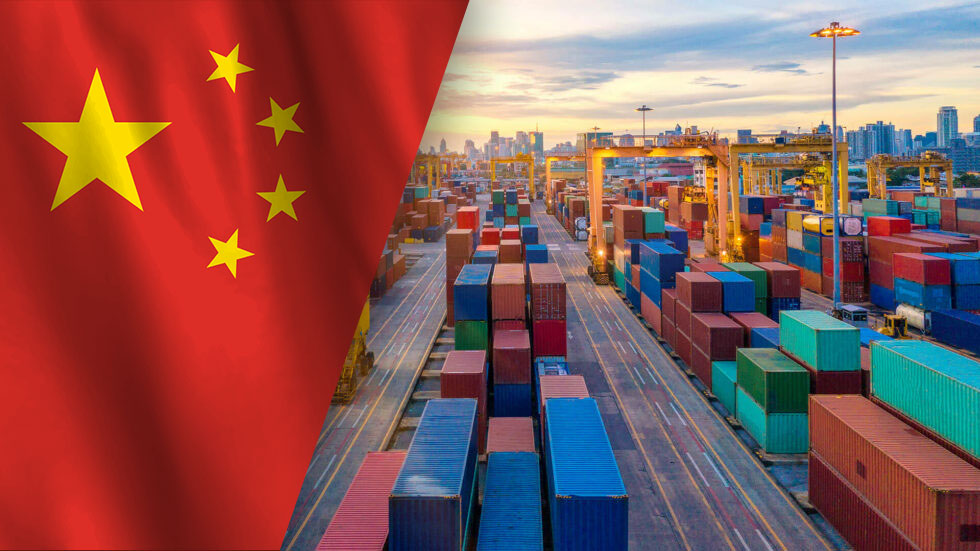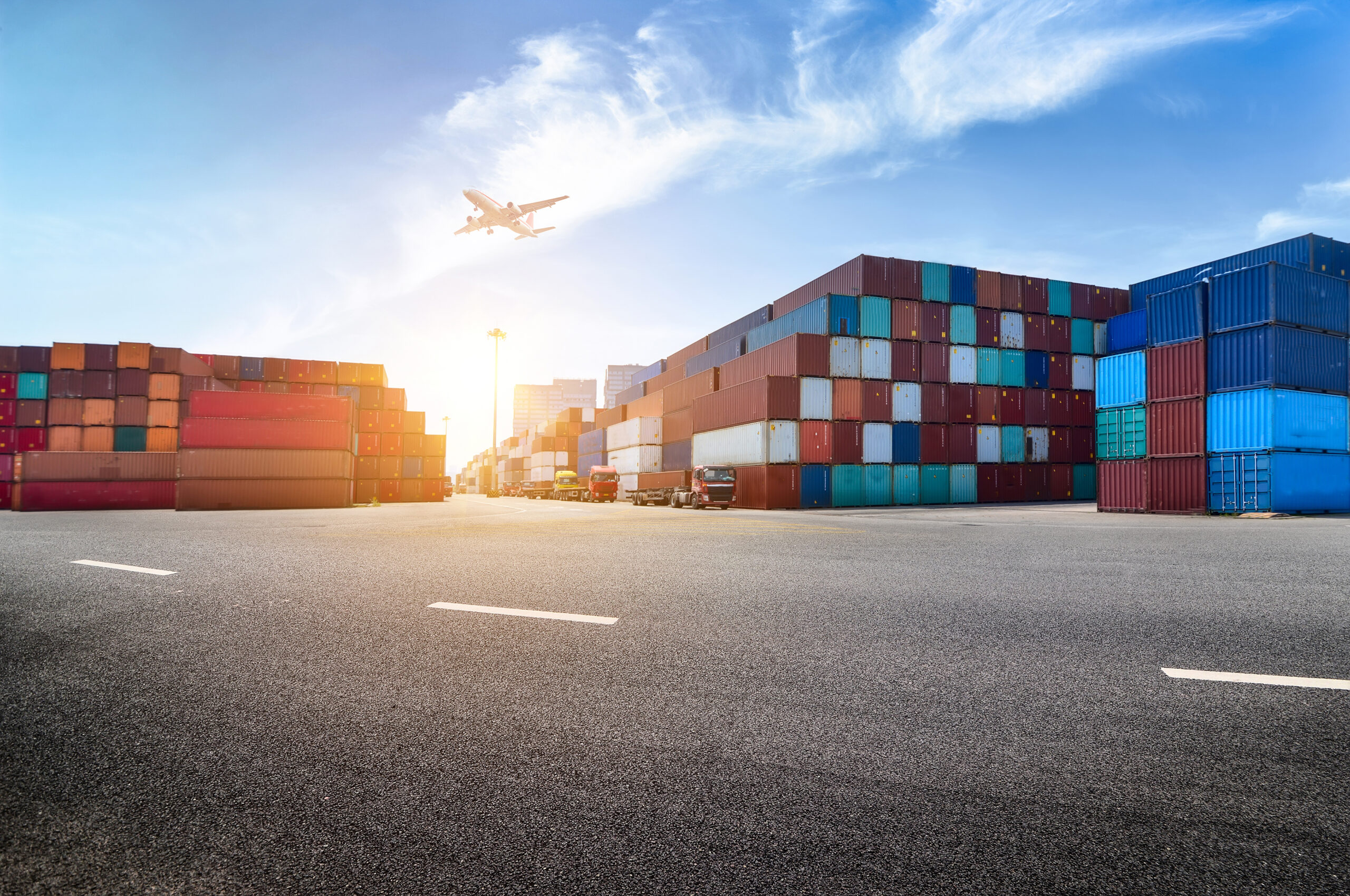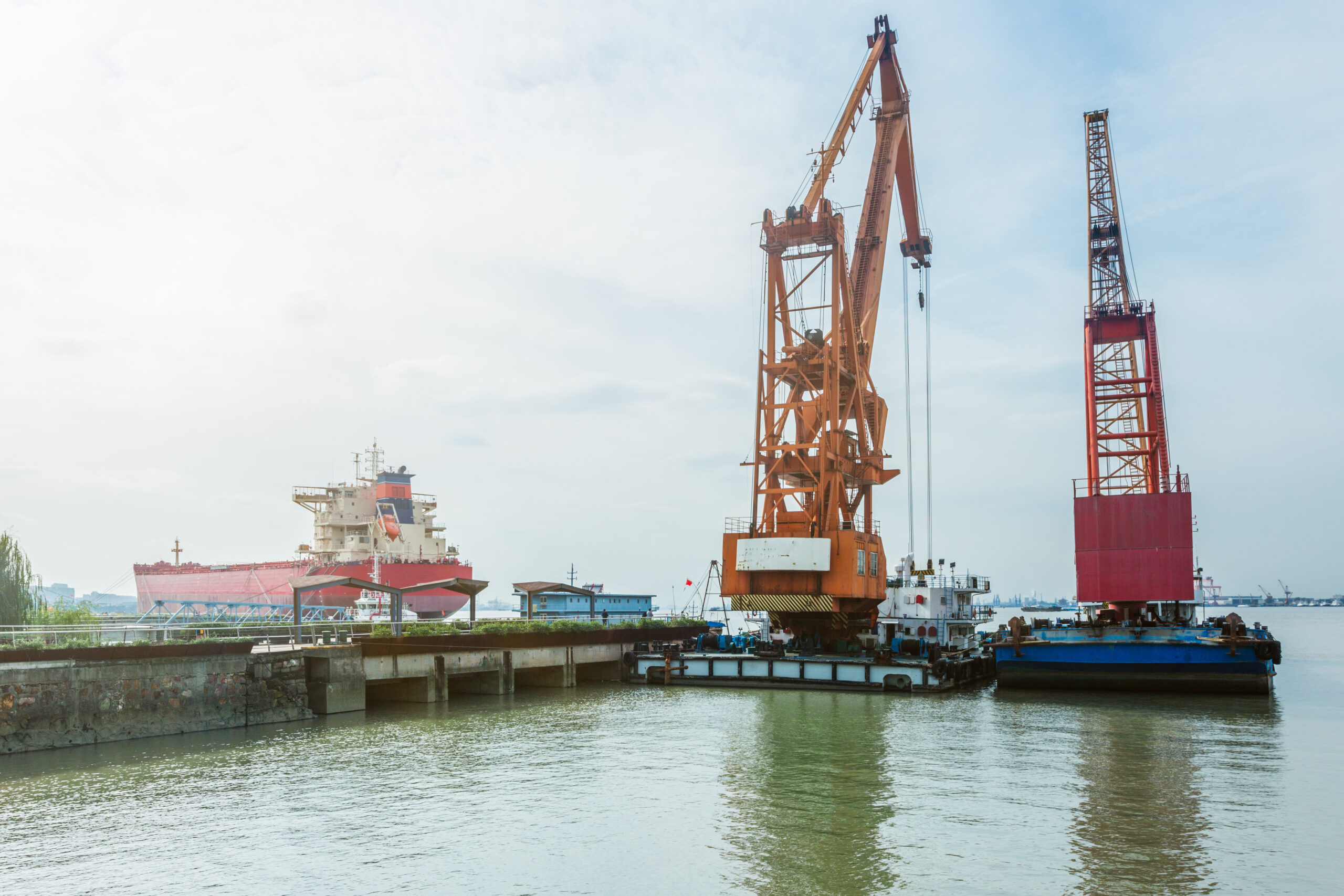This week:
- US freight demand remains strong thanks to increasing retail sales and industrial production
- Hapag-Lloyd eyes first place in container data collection and smart containers
- Continuous growth in US imports from Asia may hint at serious port congestion this Summer
- Canadian ports already at capacity unable to take cargo diversions from the US
- Chicago rail terminals continue to struggle with cargo volumes
- FMC proposes six regulation changes to how carriers govern automated tariffs; calls for comments over the proposed changes
US Manufacturing and Retail Sales Growth Keeps Freight Demand Strong
While the COVID-19 lockdowns throughout China have loosened spot rates and a temporary lull in American imports from China, many carriers have refused to renegotiate service contract rates with shippers. Shippers and non-vessel-operating common carriers (NVOs) are not just worried about service contract rates, as there still exists a lot of guessing and obscurity surrounding exactly how ports such as Shanghai will operate after restrictions ease and the effects that that will have on cargo movement.
While some shippers and NVOs anticipate a gradual and manageable return to import volumes similar to seasonal volumes before the lockdowns, many are worried that a strong import volume spike is on its way. The uncertainty means that shippers and NVOs do not have adequate information to plan their supply chains for the rest of the year. How import volumes recover will also affect freight rates which have recently stagnated, possibly leading to large spikes before the coming peak season.
There is some confidence that the major port congestion and backlogs of 2020 and 2021 may not repeat when Shanghai returns to full operations. This is thanks to the large number of blank sailings combined with more Asian import containers traveling to the US East Coast, giving the West Coast some reprieve.
Sign up to Receive JMR’s Supply Chain News Roundup, Delivered Directly to Your Inbox Weekly
Hapag-Lloyd Intends to Become Industry Front-Runner in Container Data
In 2018, international carrier Hapag-Lloyd fitted its fleet of reefer containers with data collection sensors to improve customer-facing and operational benefits through large-scale data analysis of their container movements. Hapag-Lloyd executive Olaf Habert has now said that the carrier wants to be the industry front-runner among container lines for using data collection technology on its containers.
The carrier has made the bold decision to equip its entire fleet of dry containers, totaling approximately 1.6 million, with data collection and tracking devices to improve the carrier’s ability to track cargo locations and improve asset positioning. While their 2018 installations of devices on reefer containers provided valuable insights, Hapag-Lloyd said that making structural improvements to the company is only possible when they monitor the “critical mass” of containers, requiring a more robust data set.
It may be hard to estimate exactly how long until all dry containers are equipped with the devices, as the carrier’s dry container fleet is ten times larger than their reefer fleet. Additionally, the carrier will need to plan the transportation of devices to 150 locations across 30 different countries while avoiding creating shipment interruptions due to installations.
For Hapag-Lloyd, the new devices could help them locate potential port backlogs before they become problematic. The carrier also plans on rolling out a set of new customer services, such as estimated time of arrival predictions.
Constant US Import Growth Could Indicate Coming Port Congestion in Summer
Although US less-than-truckload (LTL) carriers continue to grow their capacity by adding additional doors to their networks, demand from industrial and retail shippers and businesses is rising faster and keeping LTL capacity tight. Forecasts from C. H. Robinson Worldwide predict that LTL tonnage will increase by 3% throughout this year, while LTL capacity will only increase by 1-2%. Higher rates of industrial production and growing retail inventories through 2022 will continue to put pressure on LTL capabilities.
Growth in demand for LTL carriers was partly due to the increase in eCommerce. However, LTL capacity needs to be able to handle the long-term volume increases caused by eCommerce rather than isolated spikes. One of the main challenges for LTL carriers is securing adequate infrastructure, which depends on real-estate and cross-dock terminals and is much slower to grow than other trucking sectors.
Canadian Ports Already at Capacity Unable to Take US Cargo Diversions
The ports of Vancouver and Prince Rupert on Canada’s West Coast are already at capacity with Asian imports as recovery from fire, flooding, and below-freezing temperatures in British Columbia still affects the ports. The Canadian West Coast ports have said they will not be able to help US ports handle cargo diversions resulting from longshore contract negotiations.
Large fires throughout British Columbia last Summer combined with rains and flooding in Fall and freezing temperatures this Winter crippled rail infrastructure, causing backlogs that the ports are still processing. Both ports rely primarily on rail, moving over 70% of their cargo via intermodal rail containers.
Once a port reaches 80% of its terminal utilization, it no longer has a buffer to process shipment surges. As of May 6, Vancouver Fraser Port was operating at 100%-yard utilization, while Prince Rupert port was operating at 113%.
Chassis Providers for Chicago Intermodal Terminals Struggle to Handle Incoming Cargo Flows
Inland rail ramps throughout the country, including Dallas, Memphis, and Kansas City, are processing cargo more effectively than a year ago. However, some Chicago intermodal terminals struggle to process ocean containers for a second year. In some cases, shippers have held on to equipment for longer than expected, leading to equipment shortages in key locations, while some railroads struggle to balance incoming and outgoing loads to and from West Coast ports.
The Logistics Park Chicago terminal in Elwood saw truck turn times 19 minutes longer in March and April compared with the same period in 2021, and truck turn times in Cicero are seven minutes longer. Only one other North American railroad, the Canadian National Railway’s Harvey terminal, has longer truck turn times for April and May than the previous year.
The struggle in Chicago’s railroad terminals is happening in the face of lower demand in the area. Inland Point Intermodal (IPI) volume to the Midwest dropped by 13% year-over-year in the first quarter of 2022. IPI volume from the Southwest to the Midwest dropped by 19%, and volume in the reverse direction dropped by 28% compared with 2021.
FMC Calls for Comments on Proposed Rule Changes to Automated Carrier Fees
The Federal Maritime Commission (FMC) recently proposed six major changes to how carriers govern automated tariffs and is seeking comments on the changes due by June 9. The FMC hopes that the rule changes will remove roadblocks and make the ocean transport system competitive and efficient.
The six changes proposed by the FMC include:
- Removing the option for carriers to charge fees to access their tariffs
- Allowing non-vessel operating common carriers (NVOCCs) to cross-reference aspects of other carrier’s terms regarding their tariffs
- Clarifying the ability for NVOCCs to reflect increases in charges passed through by other entities without notice
- Updating the definition of co-loading to apply only to less-than-container loads
- Requiring documentation to be annotated with the names of all NVOCCs involved in a shipping transaction
- Other miscellaneous updates and clarifications to regulations
